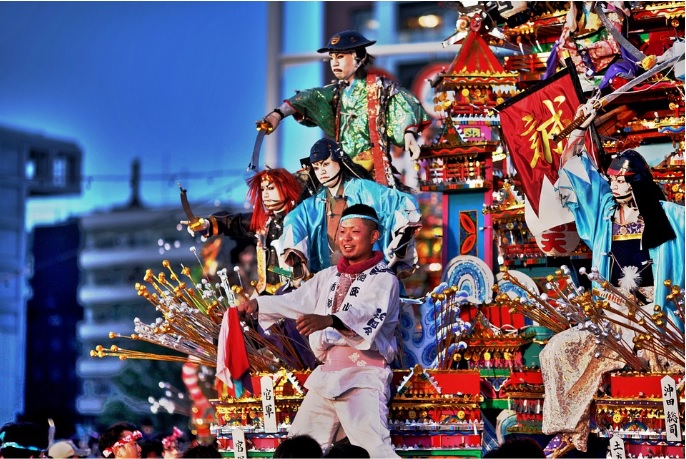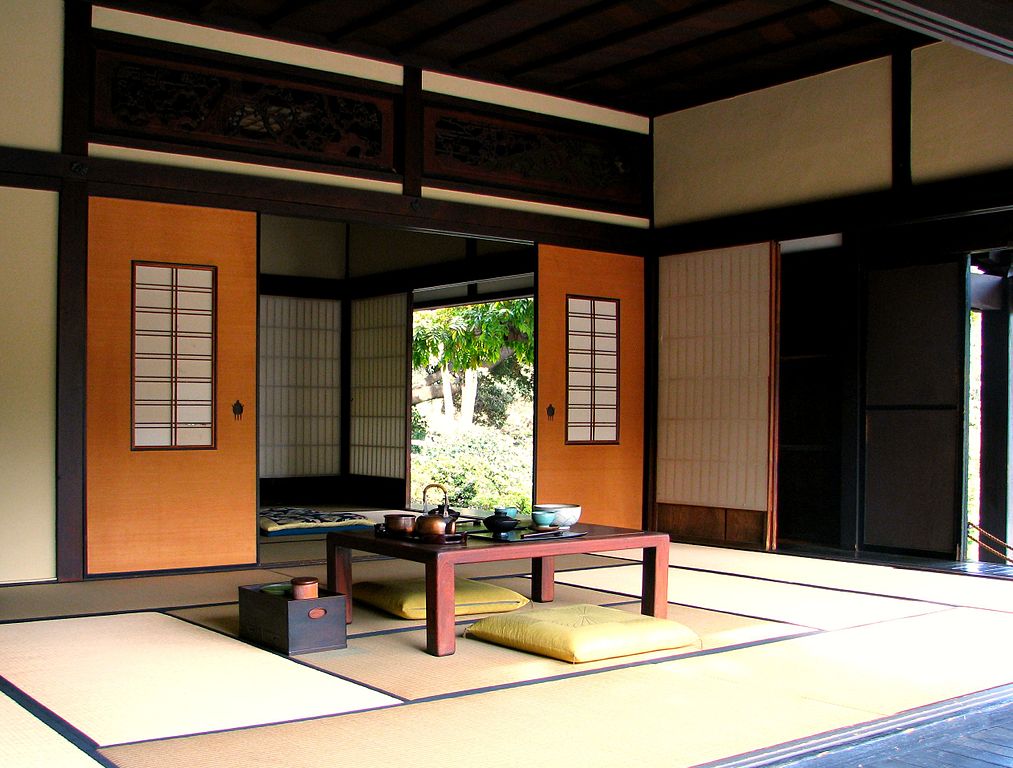
The traditional Japanese home has a unique interior and architectural style even in the old times. Their homes are suited to withstand any season and are designed to be cozy throughout the year.
Japanese traditional houses wouldn't be called a "home" without these features:
1. Tatami Mats - In all these features, these are the most popular. Tatami mats are the traditional floor covering of the Japanese-style homes made from rice straw, or sometimes with compressed wood chip boards or synthetic foam.
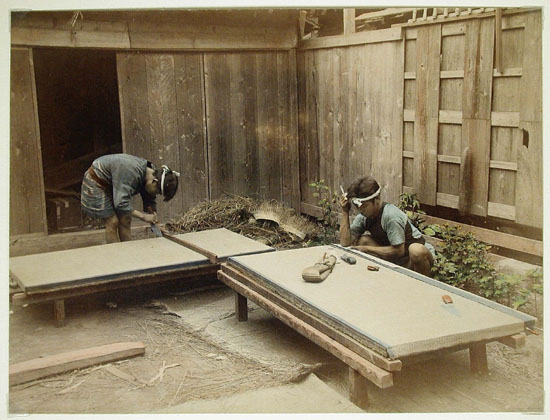
2. Byobu - Used as an ornament and a divider as well, byobu are the traditional Japanese folding screens which are usually designed with landscape paintings or calligraphy.
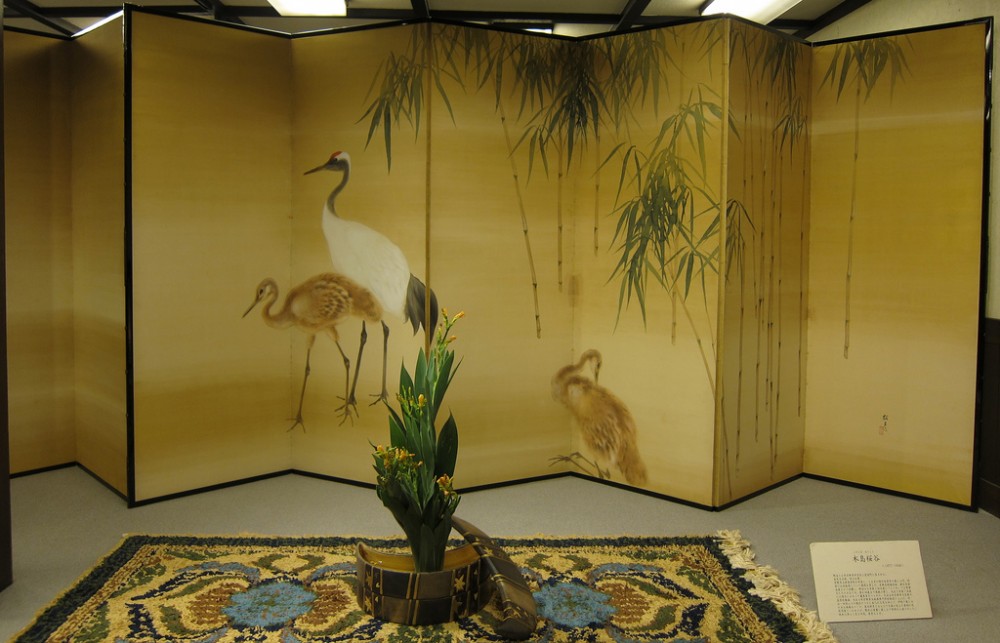
Photo by Nullumayulife. Licensed under Creative Commons.
3. Futon -The Japanese people has not really used beds. To Maximize space, they have futon as an alternative. They will only use it at night, so during the day, it's rolled and neatly folded.
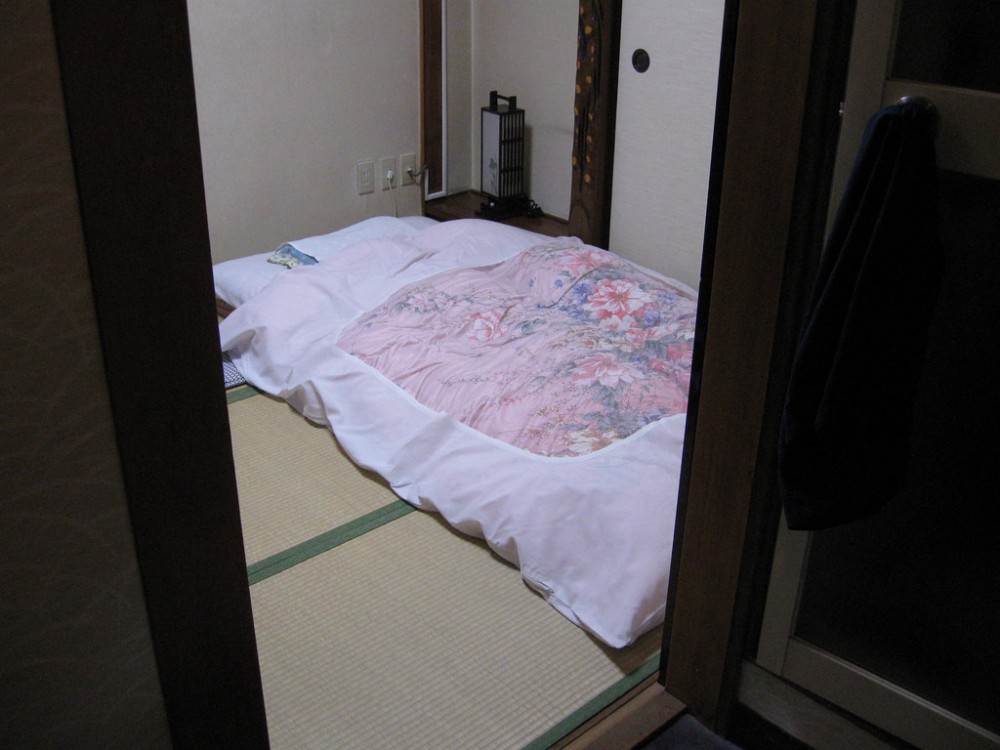
Photo by shirokazan. Licensed under Creative Commons.
4. Kotatsu - Because of the cold climate, the Japanese have created one of the coziest things on earth! A low, wooden table covered with futon or heavy blanket with heat source underneath. You won't want to get off the kotatsu during cold winter nights while sipping miso soup or hot chocolate.
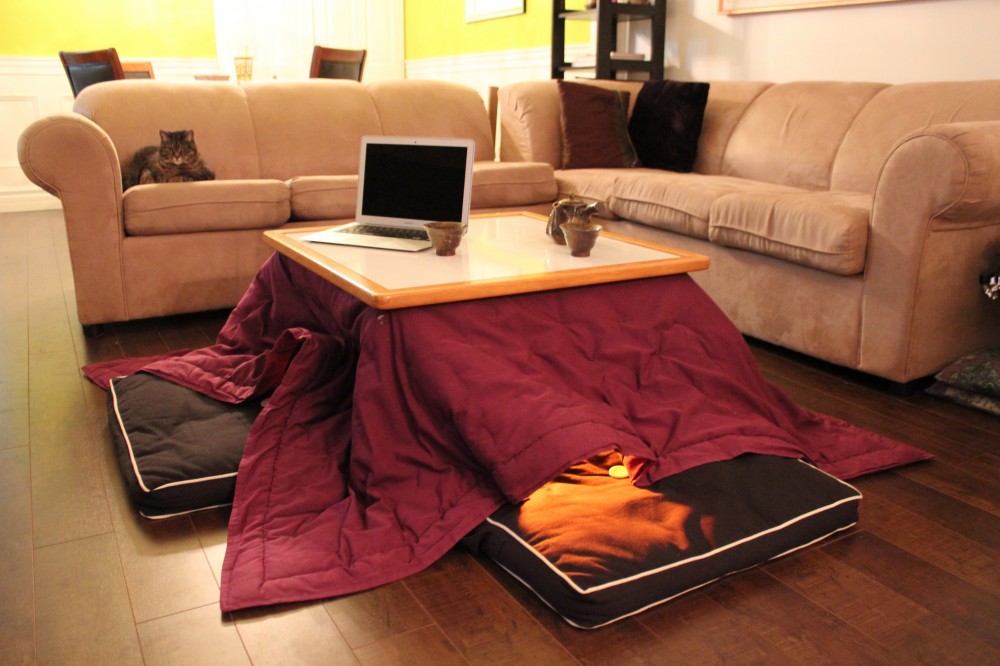
Photo by Marieve 瑞香 Inoue. Licensed under Creative Commons.
5. Zabuton - Zabutons are thin pillows used when you sit (in traditional Japanese sitting position). They don't like sofa and furnitures that much.
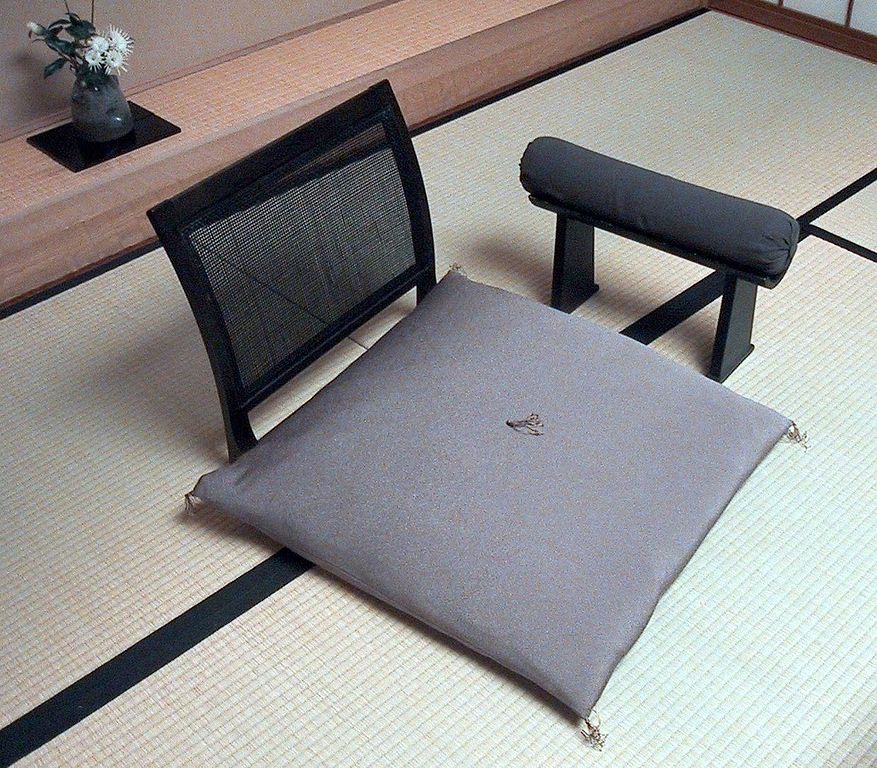
Photo by Chris 73 / Wikimedia Commons. Licensed under Creative Commons.
6. Genkan - Genkan is a small space in the entrance of every Japanese house where you can remove your shoes and wear house slippers.
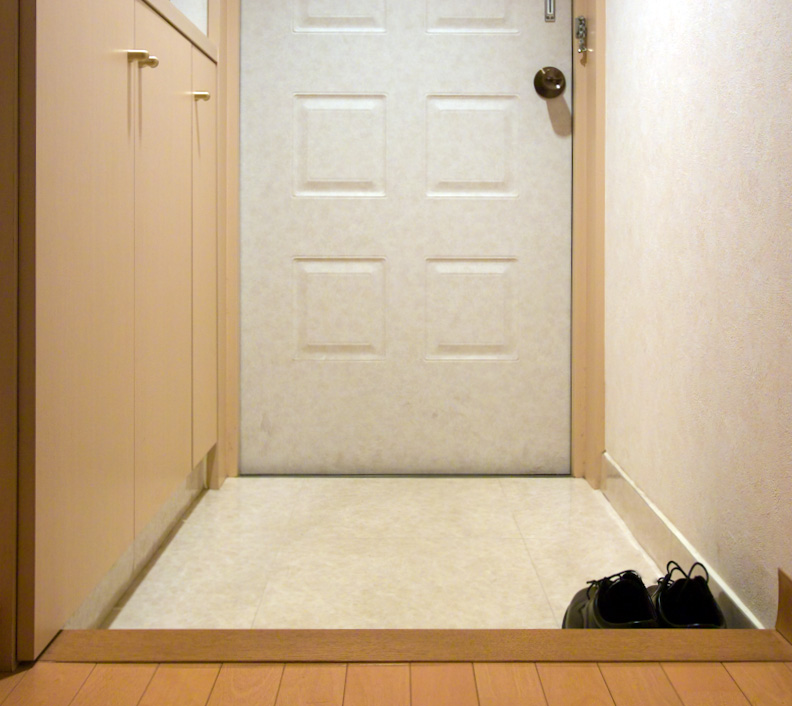
7. Getabako - Usually located in the genkan, the getabako are shoe cabinets or lockers.
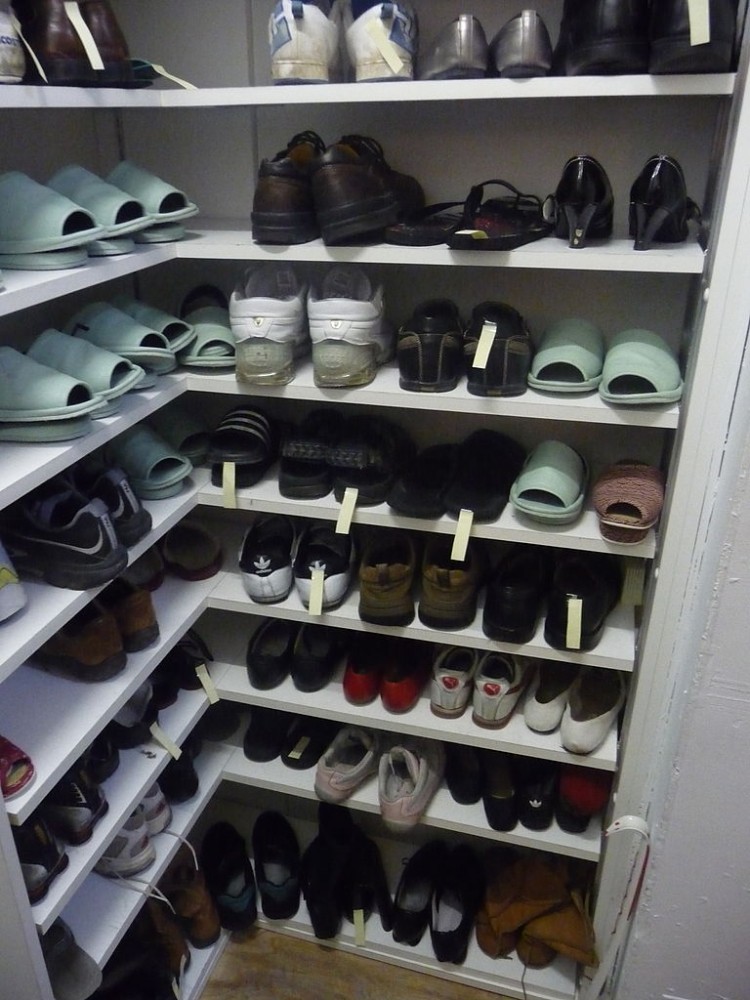
Photo by Eliazar Parra Cardenas. Licensed under Creative Commons.
8. Shoji - Shojis are the sliding inner or outer doors made of translucent paper in a wooden frame. The Japanese do not like glass that much, but these papers allows enough light and shadow to enter.

9. Fusuma - This is another kind of door in Japanese homes. These are sliding vertical panels that act as doors and partition in rooms.
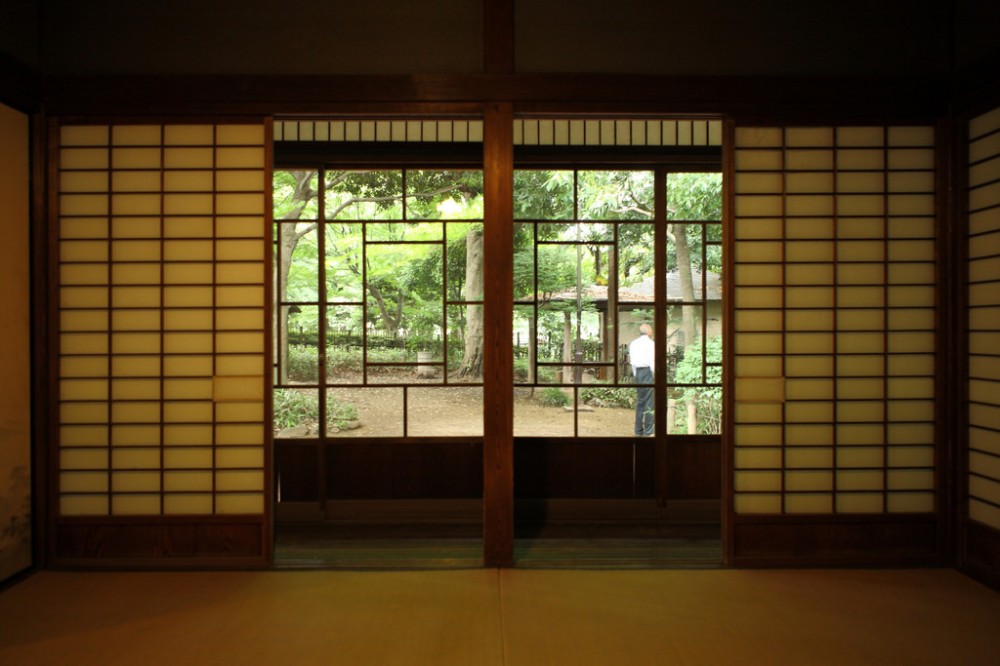
Photo by mrhayata. Licensed under Creative Commons.
10. Chabudai - It is the low, short-legged table of the Japanese home. Using chabudai, people can sit in zabuton or in the tatami.
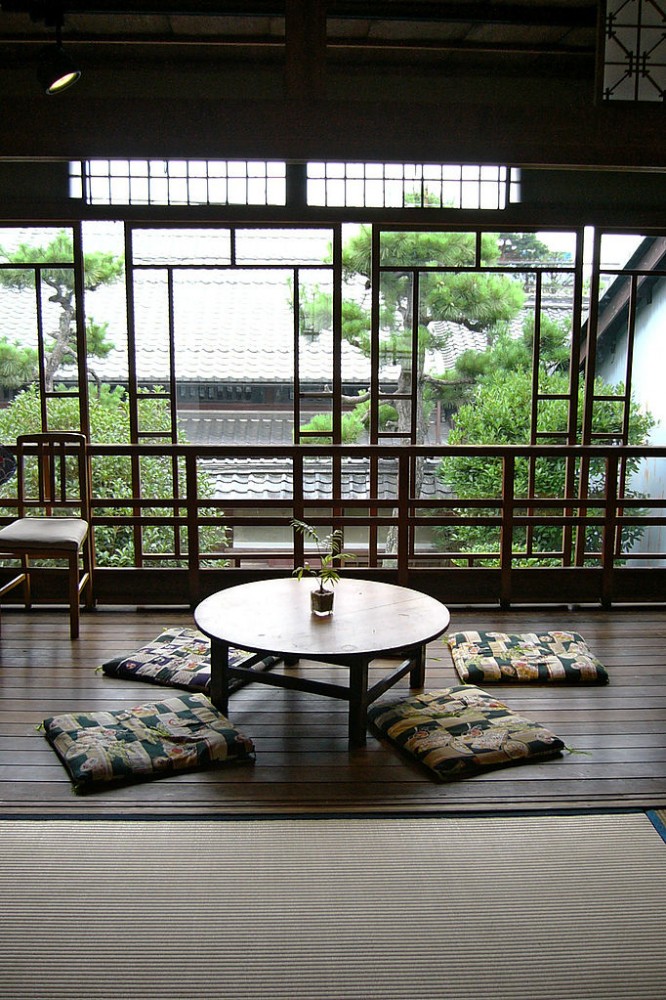
Photo by 663highland. Licensed under Creative Commons.
11. Kamidana - This is the center of worshipping in Japanese houses. This is where the Shinto kami are enshrined. It is the Japanese version of "altar" in Catholics.
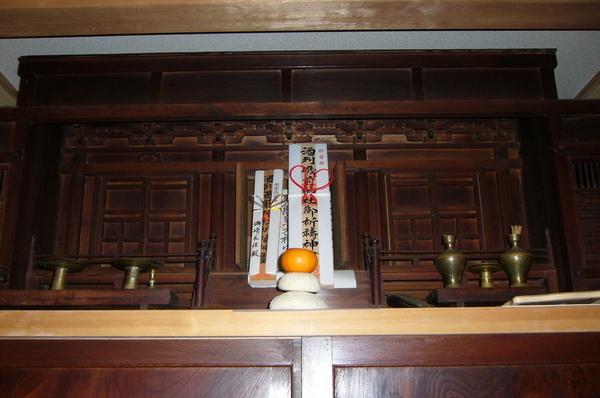
Photo by shig2006 from Hitachinaka, Ibaraki. Licensed under Creative Commons.
Banner photo by Rennett Stowe from USA. Licensed under Creative Commons.



